There can be your advertisement
300x150
Cornice Again in Trend: 6 Ways to Create a Stylish Interior
We tell you how to properly use cornice in interior design so that it fits well. And we also look at great ideas from designers for apartment decoration
If earlier designers used cornice decor only in classical styles, now it can be found in any modern direction. We have selected several projects where the decor played a decisive role. Take these ideas for note!
Make a bet on eclecticism
According to experts' forecasts, mixing styles will become even more familiar to us in the coming years. Nowadays designers combine several directions in their projects at once.
For example, classicism is now being made 'lighter'. They use cornice decor together with minimalist modern furniture — this looks interesting. And many won't even guess that the basis of the interior is classicism.
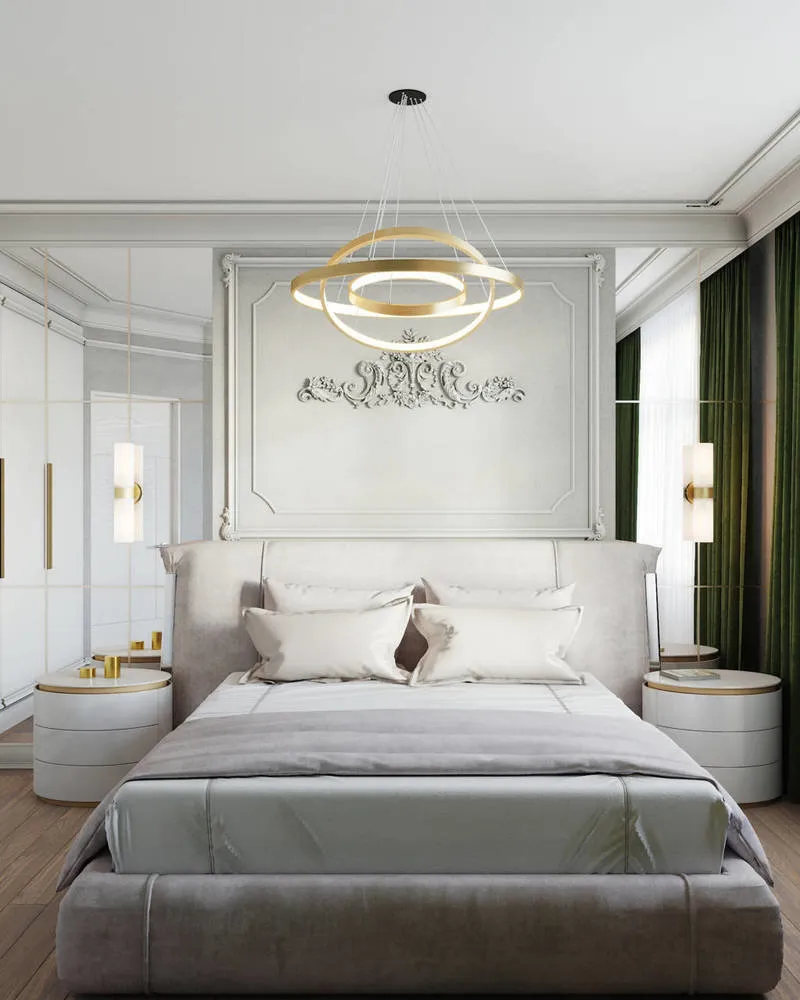 Design: Mossebo
Design: MosseboBorrowing details from different styles
High baseboards are now used not only in classical interiors. For example, in a project by In My Box studio, designer Anna Pokhodnya decorated a high baseboard and painted it white. This trick helped visually raise a low ceiling, and the modern interior now looks more interesting.
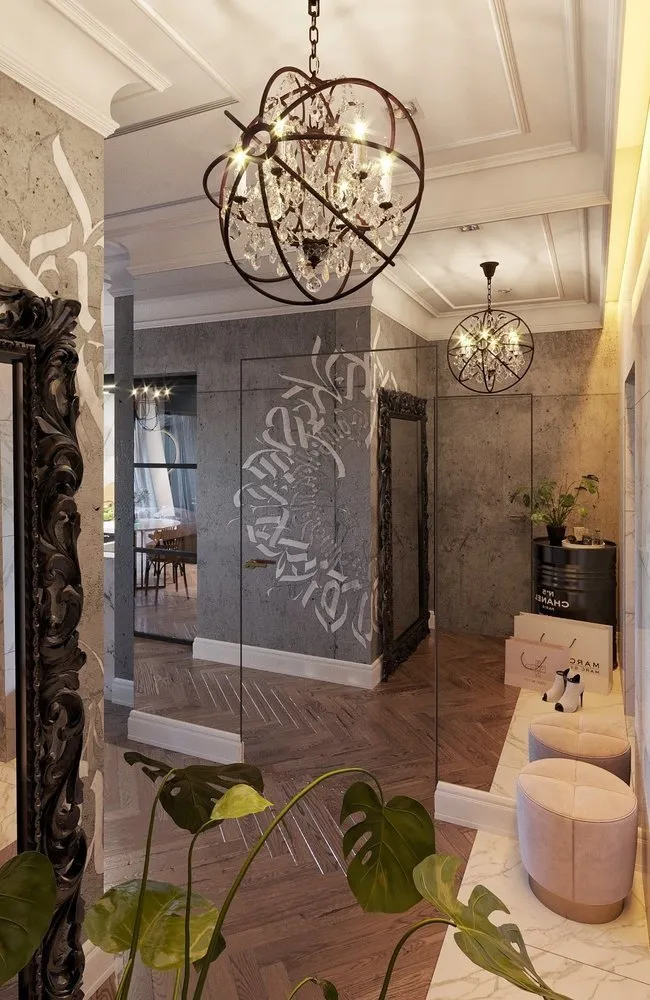 Design: In My Box
Design: In My BoxDesigner Serge Makhov took a still more daring combination — classicism and loft. Here modern furniture with a brutal character is combined with wide cornices and moldings. Such an interior can definitely be described as 'not like everyone else's'.
I chose classicism and neutral tones: light gray walls, white cornice, light oak floor. The contrast makes dark industrial furniture and rough wooden tables stand out nicely.
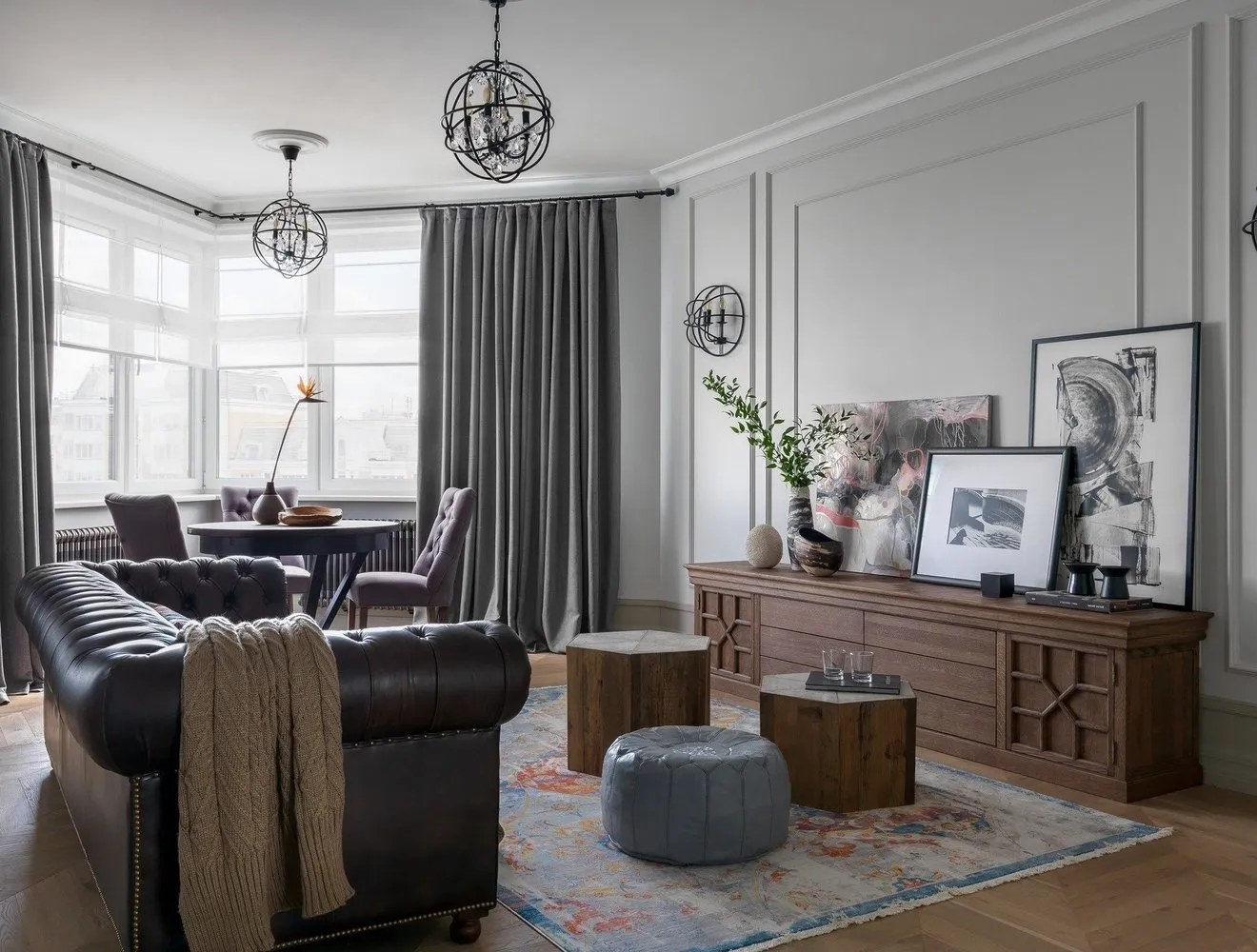 Design: Serge Makhov
Design: Serge MakhovUsing moldings
Moldings are one of the most popular types of cornice decor that will fit into any style. You can draw up a pattern you want to achieve: usually they are arranged in the form of frames.
Moldings should be placed on walls before painting. Usually, they can be fixed to any surface. To make moldings last as long as possible, designers recommend using special adhesive from the manufacturer.
Design: Natalia Khudaya
Designer Maxim Noda used moldings when decorating a cottage-style apartment. Part of the walls were covered with printed wallpaper, and frames made from moldings were placed above the baseboard — this visually raised the ceiling and made the space more interesting.
Pay attention to how well cornice decor combines with simple wooden beams on the ceiling.
Unusual combinations helped me bring to life the atmosphere of a cozy cottage, like in a Coca-Cola New Year's ad.
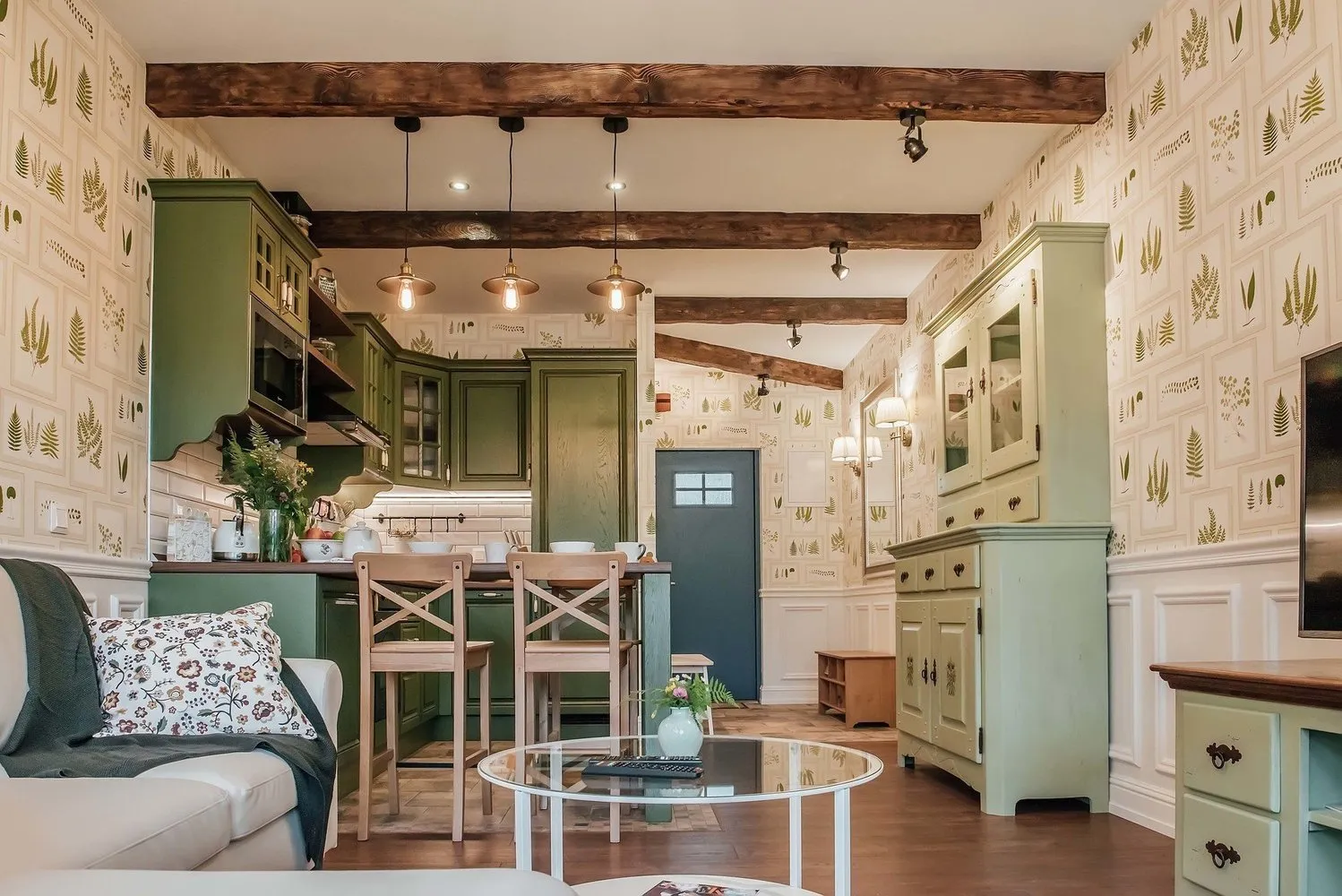 Design: Maxim Noda
Design: Maxim NodaAnd wall panels
Adding texture to an interior is easy — designers often use volumetric 3D panels in their projects. To avoid them standing out too much, choose simple geometric patterns and paint them the same color as the walls.
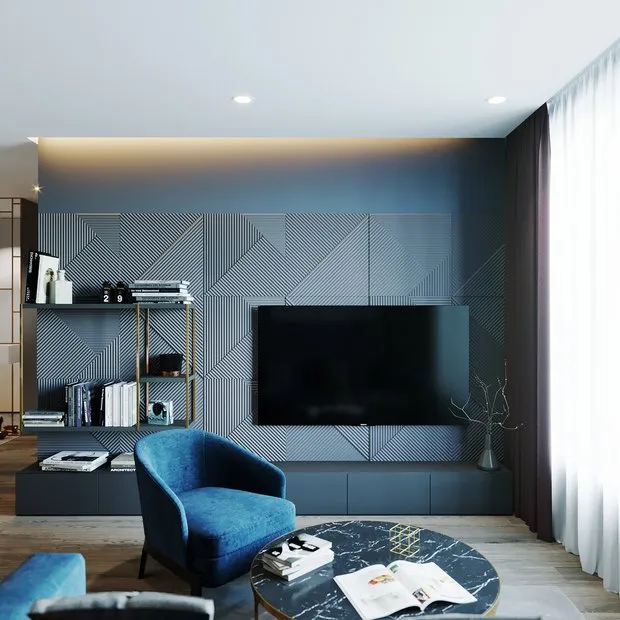 Design: Lines Design Bureau
Design: Lines Design BureauHighlighting strengths
Using decorative outlets in interior design is appropriate if you want to highlight a specific element. For example, a solid chandelier. On a completely smooth white ceiling, it would look fancy, but adding a decorative element makes everything fall into place.
Mounting an outlet on the ceiling is easy: just drill a small hole and secure it with glue and screws.
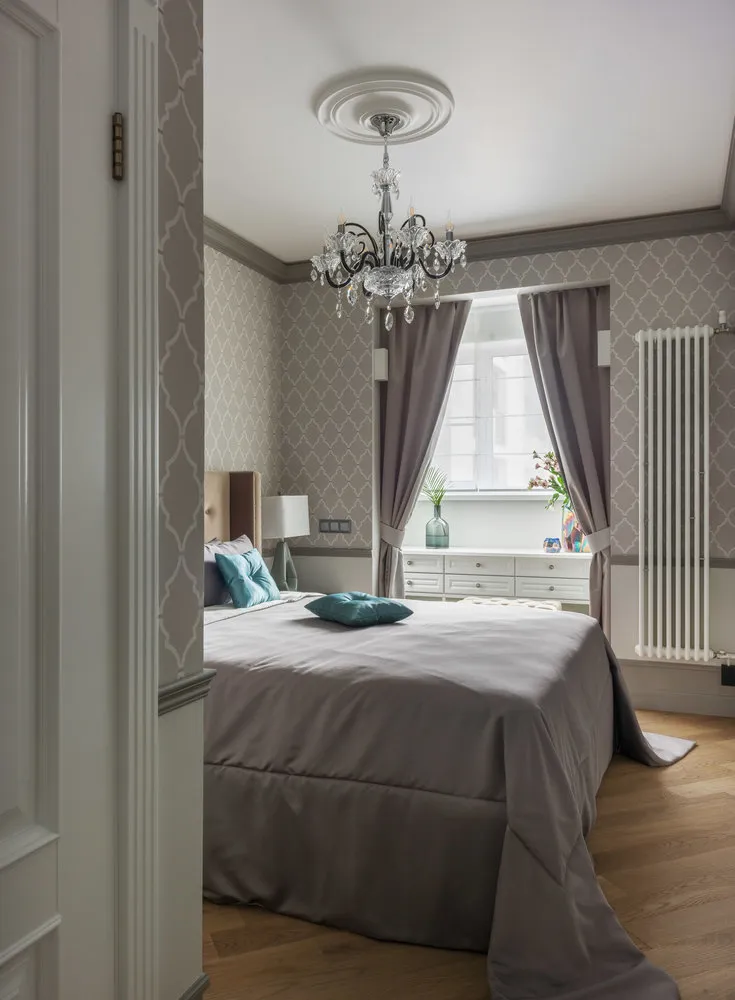 Design: Serge Makhov
Design: Serge MakhovOr hide bulky furniture
If you want to hide some item in an interior, decorate it with cornice decor and paint it to match the wall color. Designer Alena Yudina did this in her project — the closet in the hallway now blends into the walls (on the photo it's on the right).
There are many horizontal lines in the project, which we decided to emphasize with contrasting cornice decor.
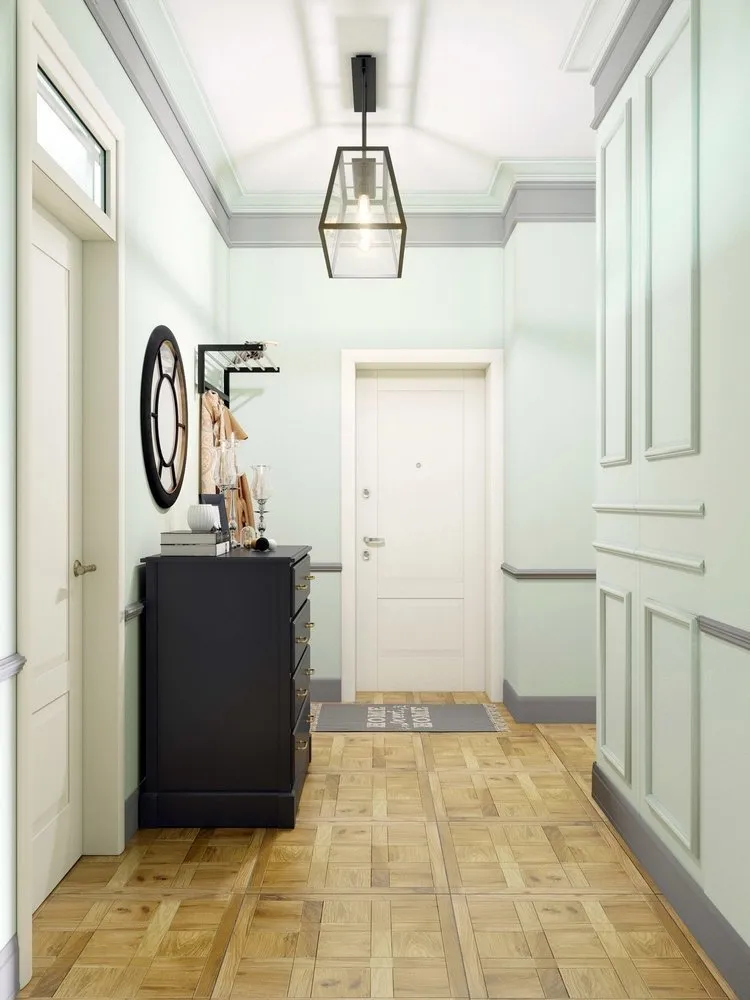 Design: Alena Yudina
Design: Alena YudinaMore articles:
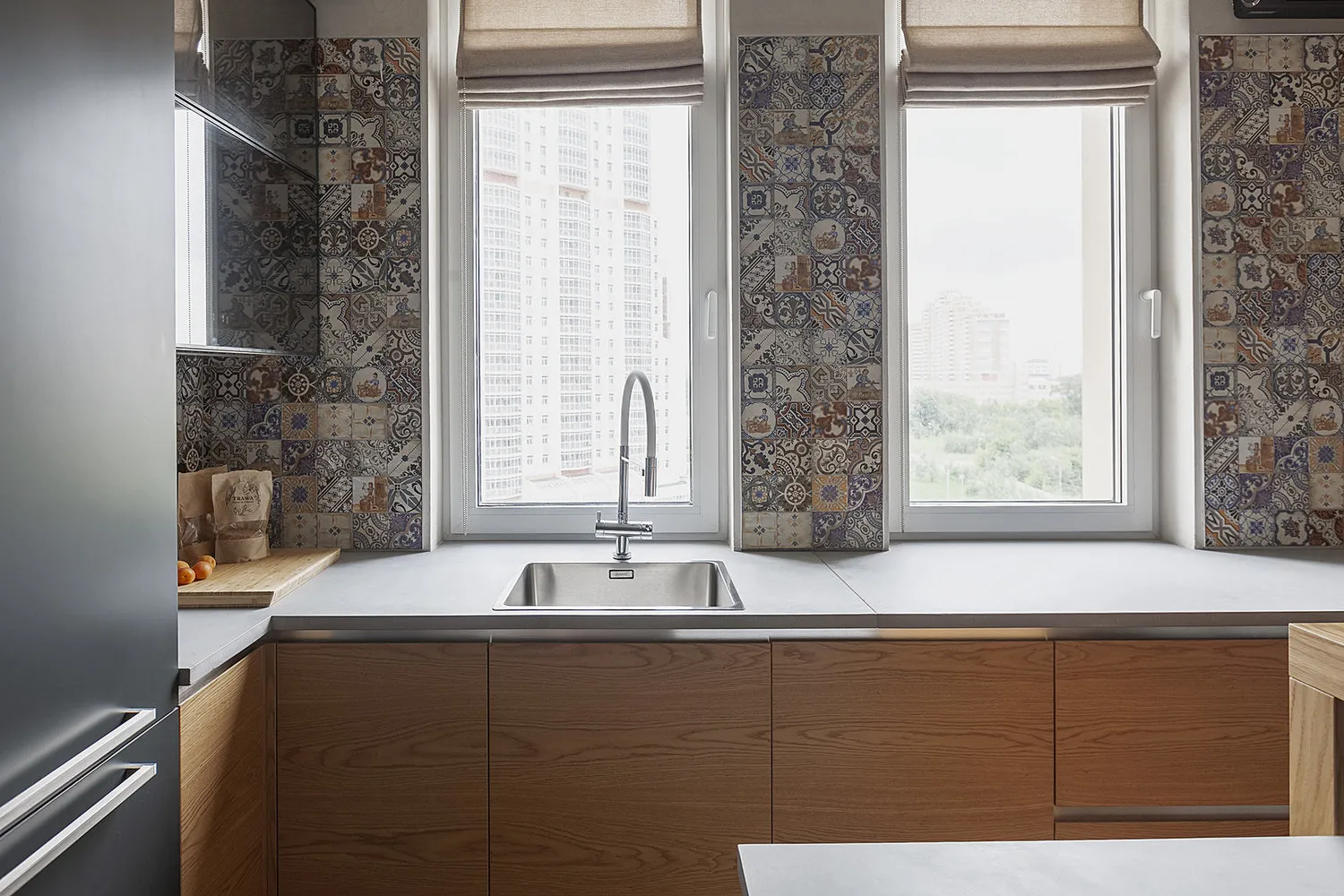 Kitchen Sink by the Window: Pros and Cons
Kitchen Sink by the Window: Pros and Cons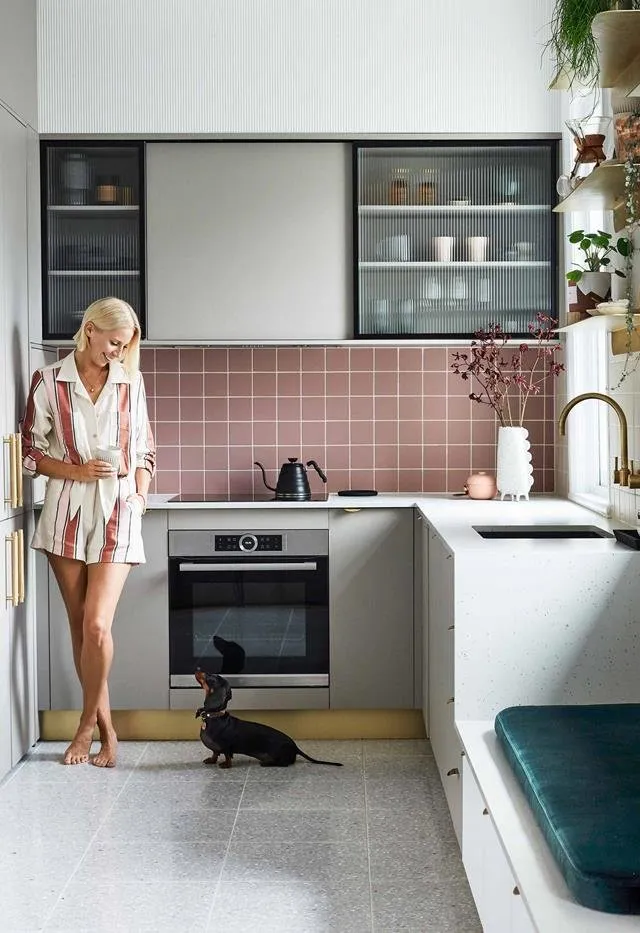 Small Apartment Remodeled in Two Months
Small Apartment Remodeled in Two Months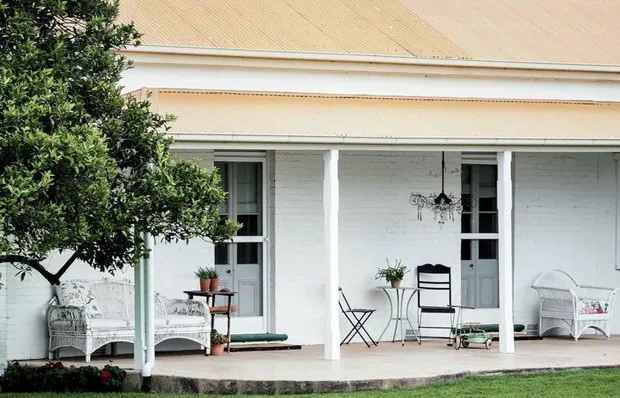 How a Historic Estate Was Transformed into a Cozy Cottage
How a Historic Estate Was Transformed into a Cozy Cottage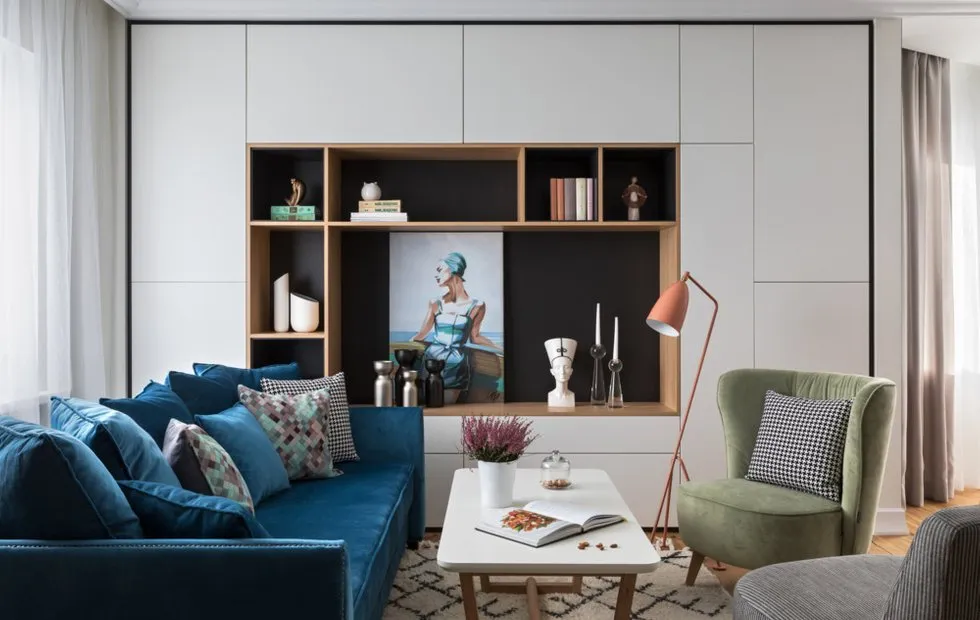 Redesign: How a Studio Was Created from a Small One-Room Apartment
Redesign: How a Studio Was Created from a Small One-Room Apartment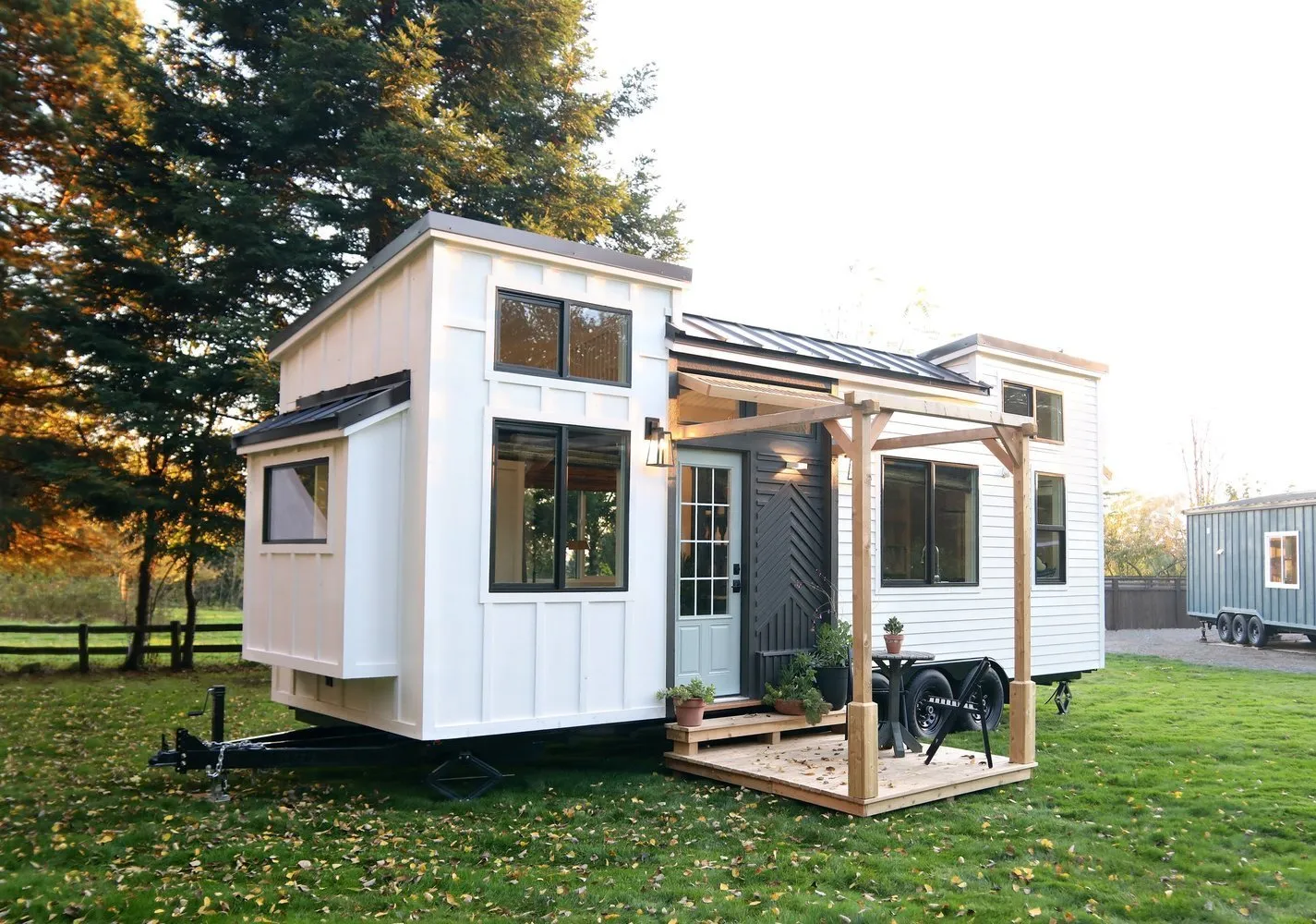 How a Mini House Became a Subject of Neighbors' Envy and Turned Owners into Millionaires
How a Mini House Became a Subject of Neighbors' Envy and Turned Owners into Millionaires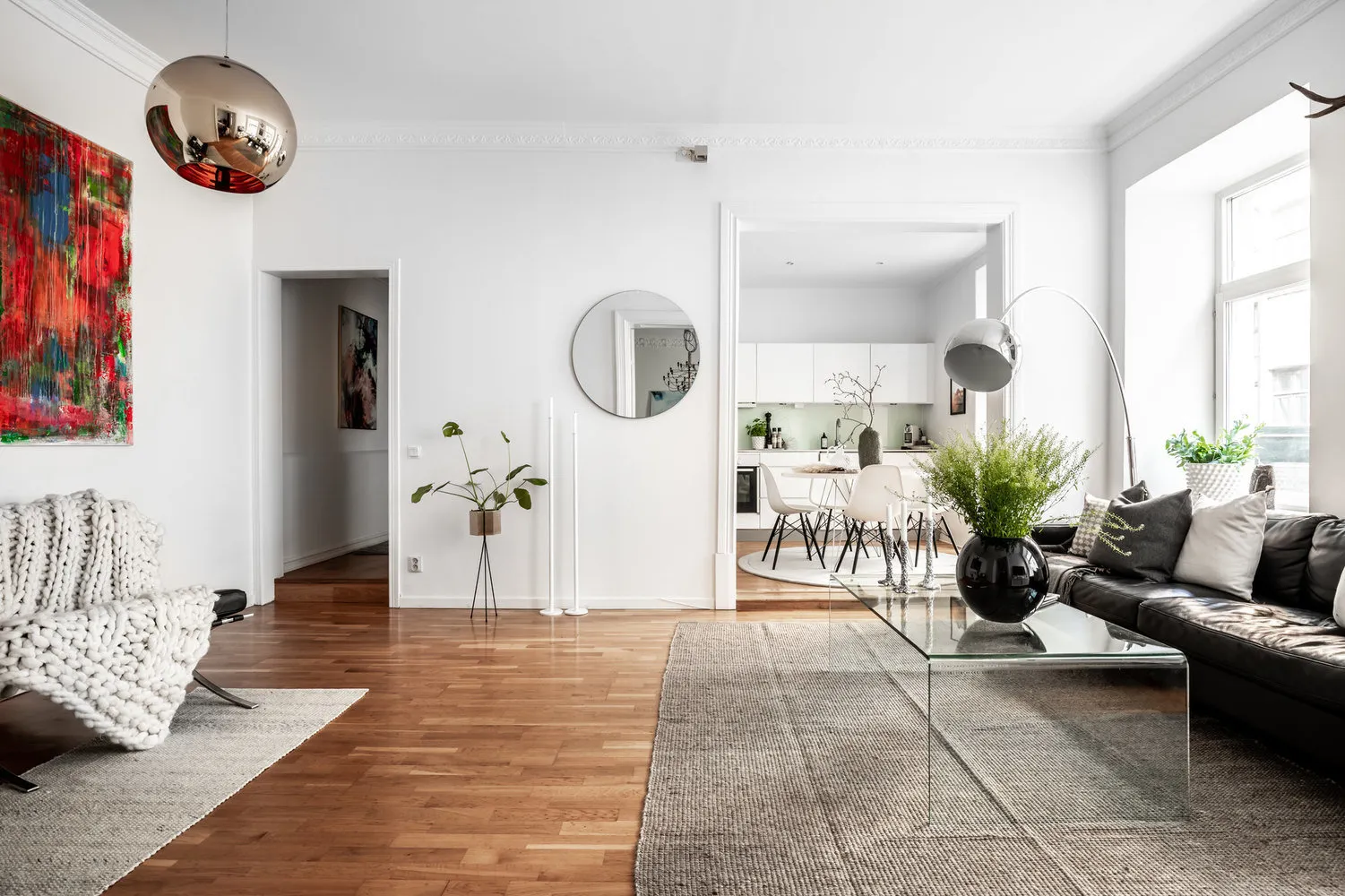 How Was a 200-Year-Old Apartment Restored?
How Was a 200-Year-Old Apartment Restored?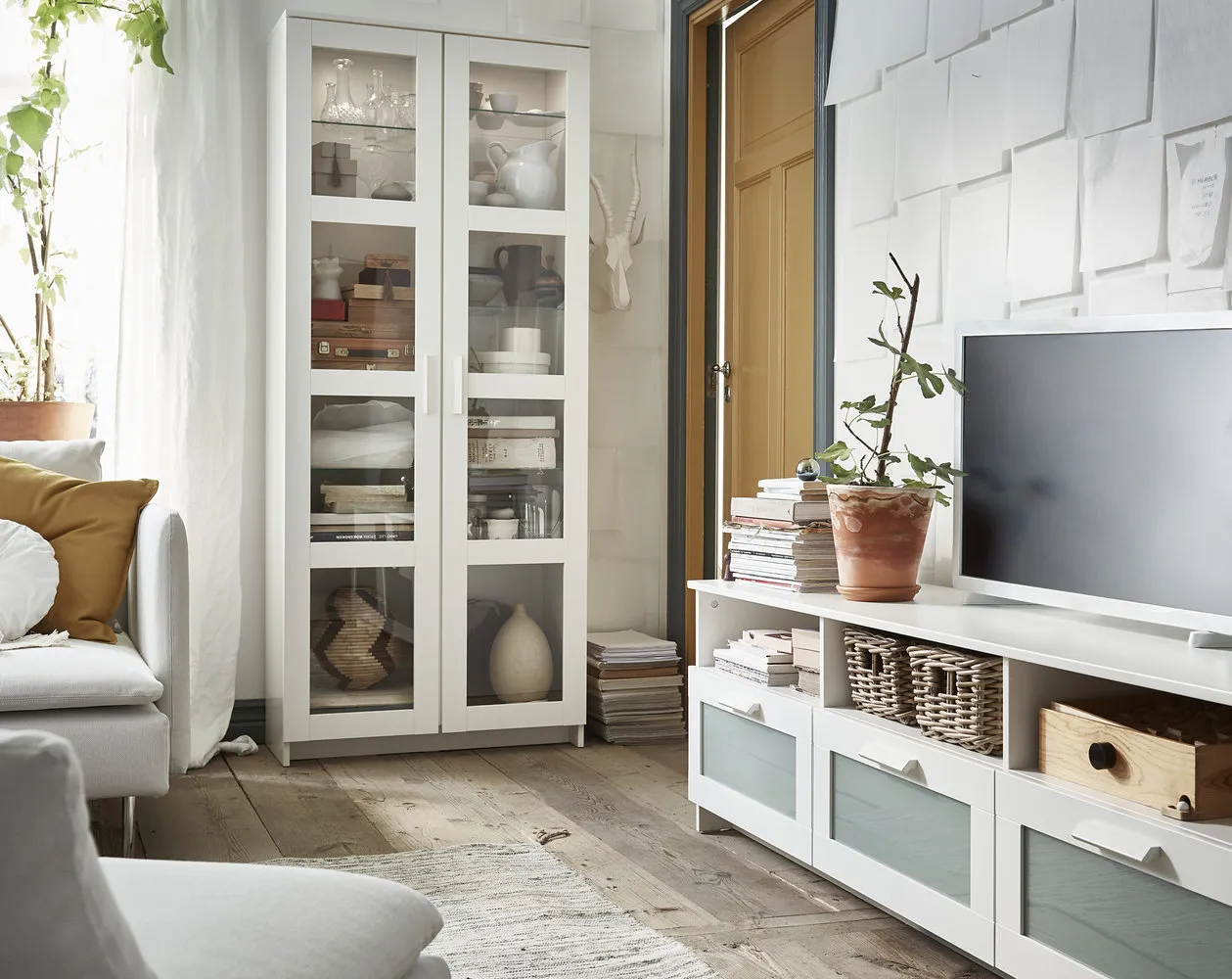 IKEA Discounts Again: 10 Items at Great Prices
IKEA Discounts Again: 10 Items at Great Prices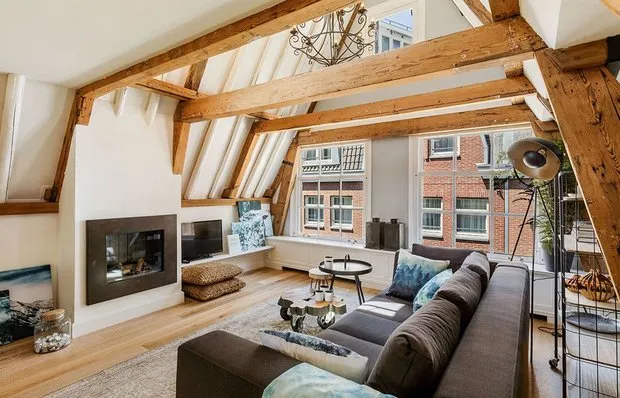 Townhouse with mansard and terrace in a 17th century house
Townhouse with mansard and terrace in a 17th century house